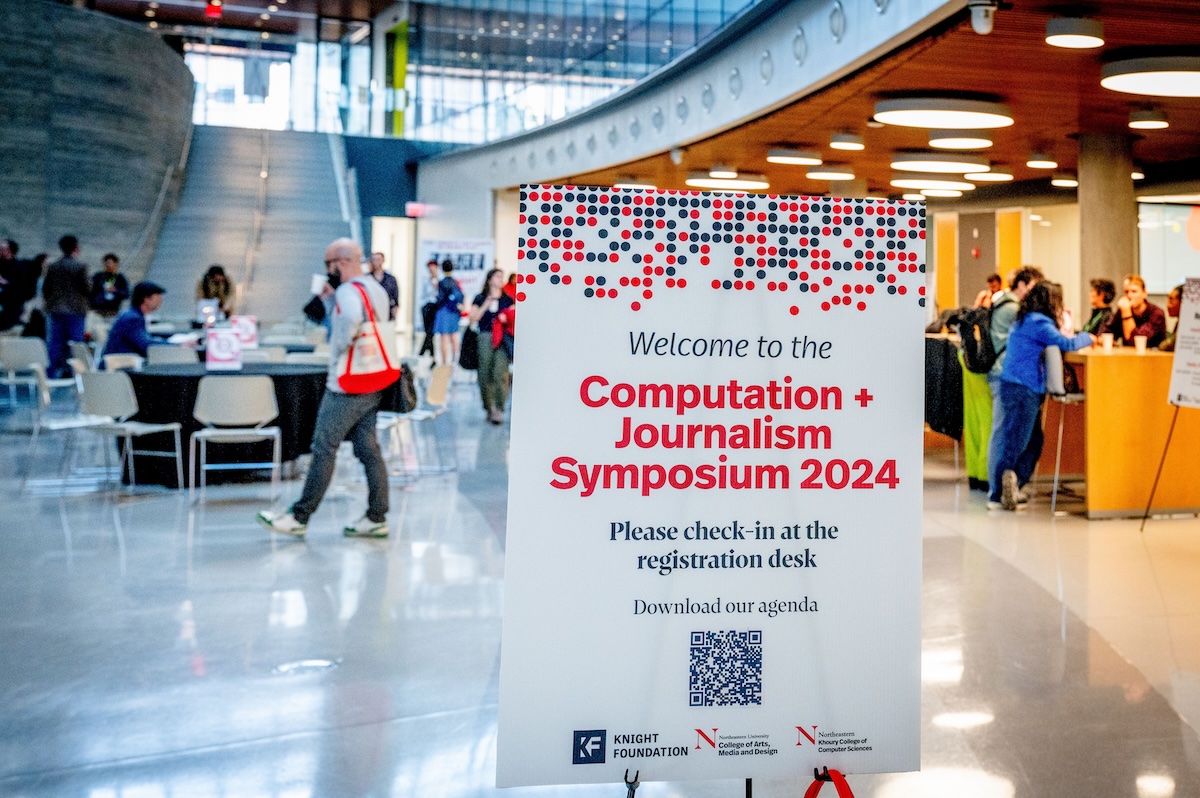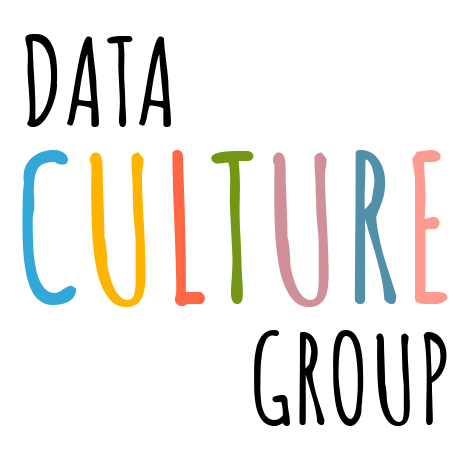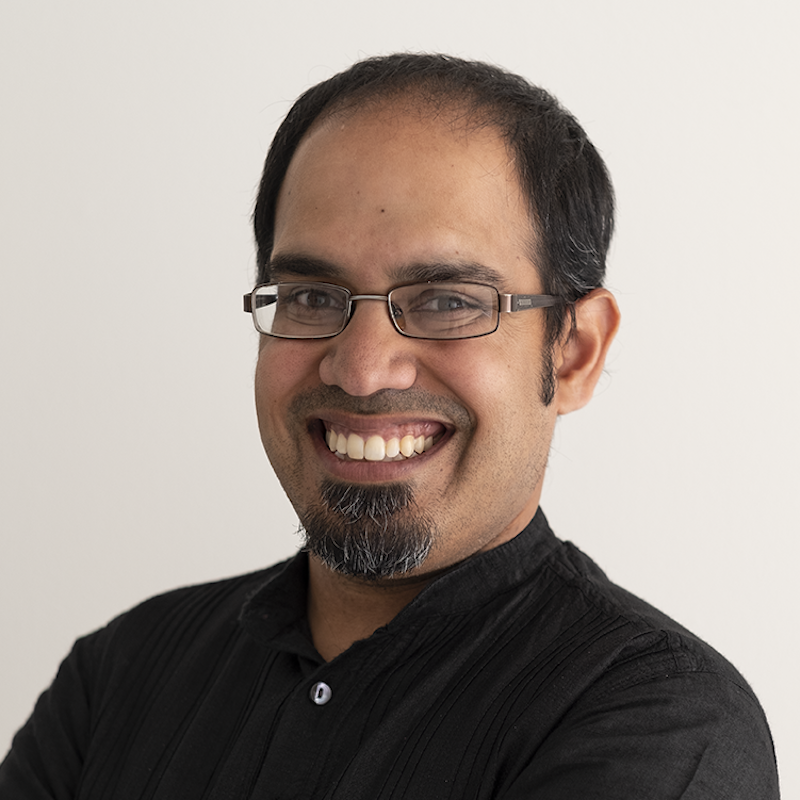We recently co-hosted the Computation + Journalism Symposium 2024 at Northeastern, bringing together academics, journalists, data scientists, editors, and more to explore innovate work at the intersection of fields. Keynotes from Julia Angwin, Aaron Sankin, and Alan Mislove.
Reviewing the papers and workshops, three central themes jumped out to me, each explored a little more below:
- Generative AI-based tools for newsrooms and writers
- New methods for tracking and studying flows of information
- Tracking and fighting disinformation
 The logo we ended up using across various assets was kind of an accidental design I made as a one-off for a quick last-minute need 🤣.
The logo we ended up using across various assets was kind of an accidental design I made as a one-off for a quick last-minute need 🤣.
Unsurprisingly, generative AI was a major theme across multiple submissions and many more informal chats. Questions about accuracy, ethical responsibility, and transparency surfaced repeatedly. Researchers and industry professionals highlighted the challenges and nuances of incorporating large language models into newsrooms. I ended up seeing the main message as one related to developing balanced frameworks to preserve editorial judgment and audience trust while still experimenting with benefits from genAI’s capacity to remove non-critical journalism tasks. From recommender systems to dynamic article restructuring, some projects explore how computational journalism can adapt content to readers without sacrificing broader informational integrity. This included my own submission, with Meg Heckman and Liz Hadjis, which explored methods and critical questions related to a genAI-assisted content-audit of a hyper-local publication: “A Case Study in an A.I.-Assisted Content Audit”.
A contingent of research presentation focused on developing new methods for analyzing and tracking stories across media ecosystems. Several papers introduced tools that leverage natural language processing and network analysis to trace story origins, evolution, and reach across different platforms. These approaches help researchers identify key influencers in story propagation and detect shifts in narrative framing over time. By visualizing these dynamics these methods aim to give journalists and media researchers a clearer view of how stories gain traction, morph, and impact public discourse across diverse media landscapes. I’ll be studying these more closely vis-a-vis opportunities to collaboration, and new feature design, for Media Cloud’s searchable Online News Archive (which I co-direct).
The third major theme that surfaced for me related to ongoing work to understand and combat misinformation and disinformation across the field. This is especially relevant to the wide variety of elections happening in 2024 across the globe. Several papers unpacked strategies for identifying, tracking, and mitigating false information, offering innovative computational approaches for real-time detection. In parallel, there was an emphasis on educating audiences, fostering media literacy to empowering readers against misinformation. The importance of context in debunking misinformation, particularly through visualizations, also emerged as a core discussion point. This focus on active audience engagement reflected a larger trend at the symposium: computational journalism isn’t just about producing content but creating a more informed and resilient public.
 Attendees at our data sculpture workshop showing off the pieces they made.
Attendees at our data sculpture workshop showing off the pieces they made.
All told, this symposium underscored the need for continuous collaboration between technologists and journalists to ensure that innovation aligned with the values of the field and the needs of the public. The workshop I co-led with Andreés Snitcofsky pushed the edge a bit, inviting those groups to come build data sculptures around a table full of craft materials. Honestly that’s one of the reasons I’ve enjoyed the few C+J events I’ve attended; the mix of practitioners and academics makes the whole event feel more grounded. Plus it’s a great reconnect with, and make new, friends around shared interests in an informal and smaller setting.
Thanks to everyone who helped make it a great event. Particularly to my co-organizers John Wihbey, Chenyan Jia, Piotr Sapiezynski, Libby Phillips, and Susan Conover. Keep an eye on the Internet Democracy Initiative YouTube channel for talk vidoes, which are being posted soon. Hope to see you all at the next one in Miami!


